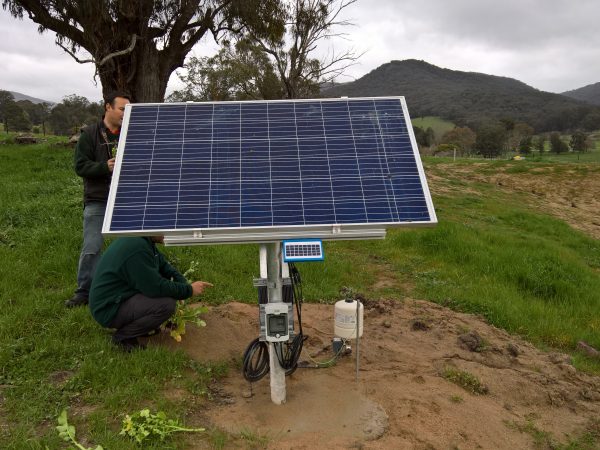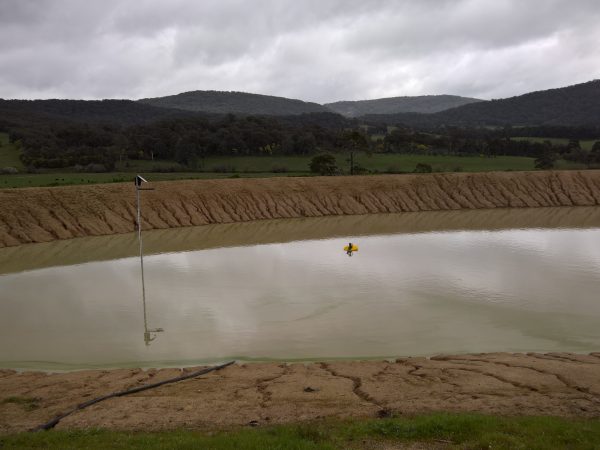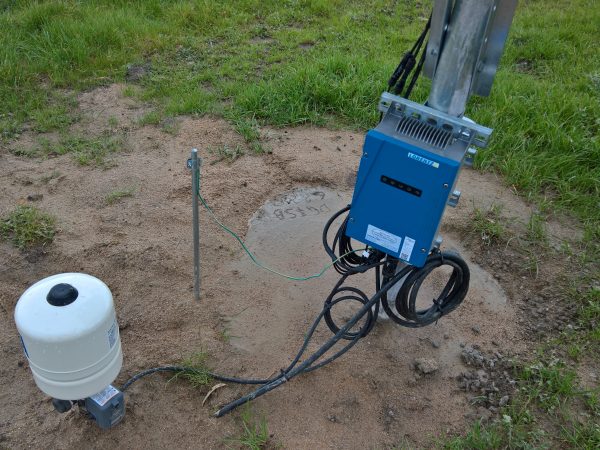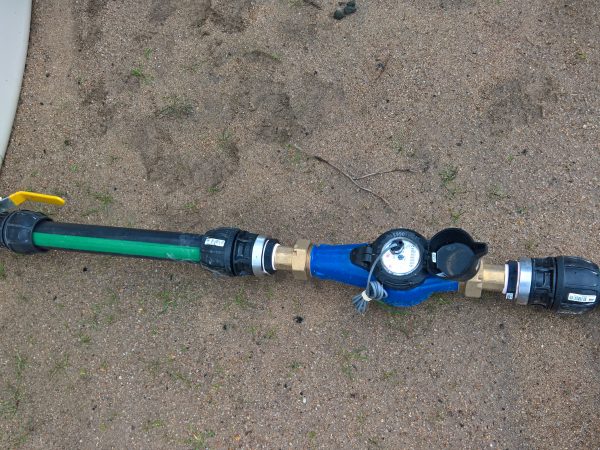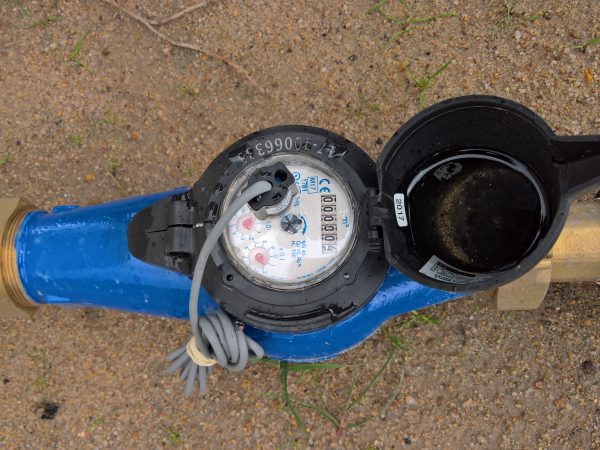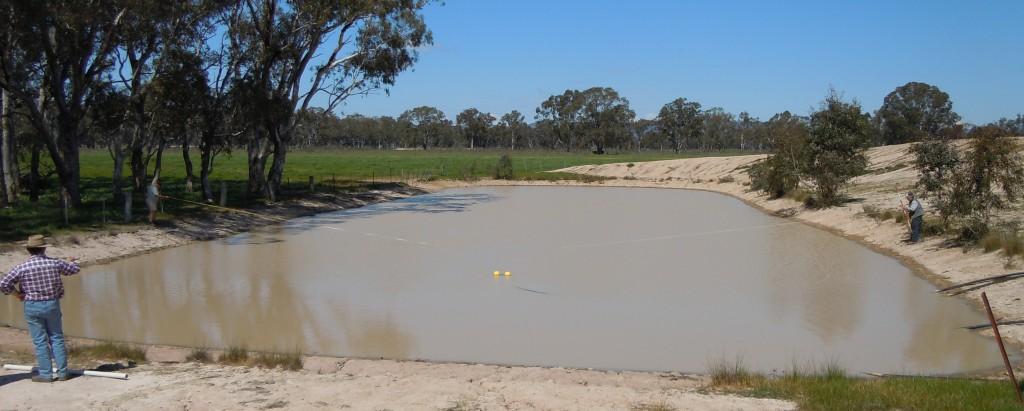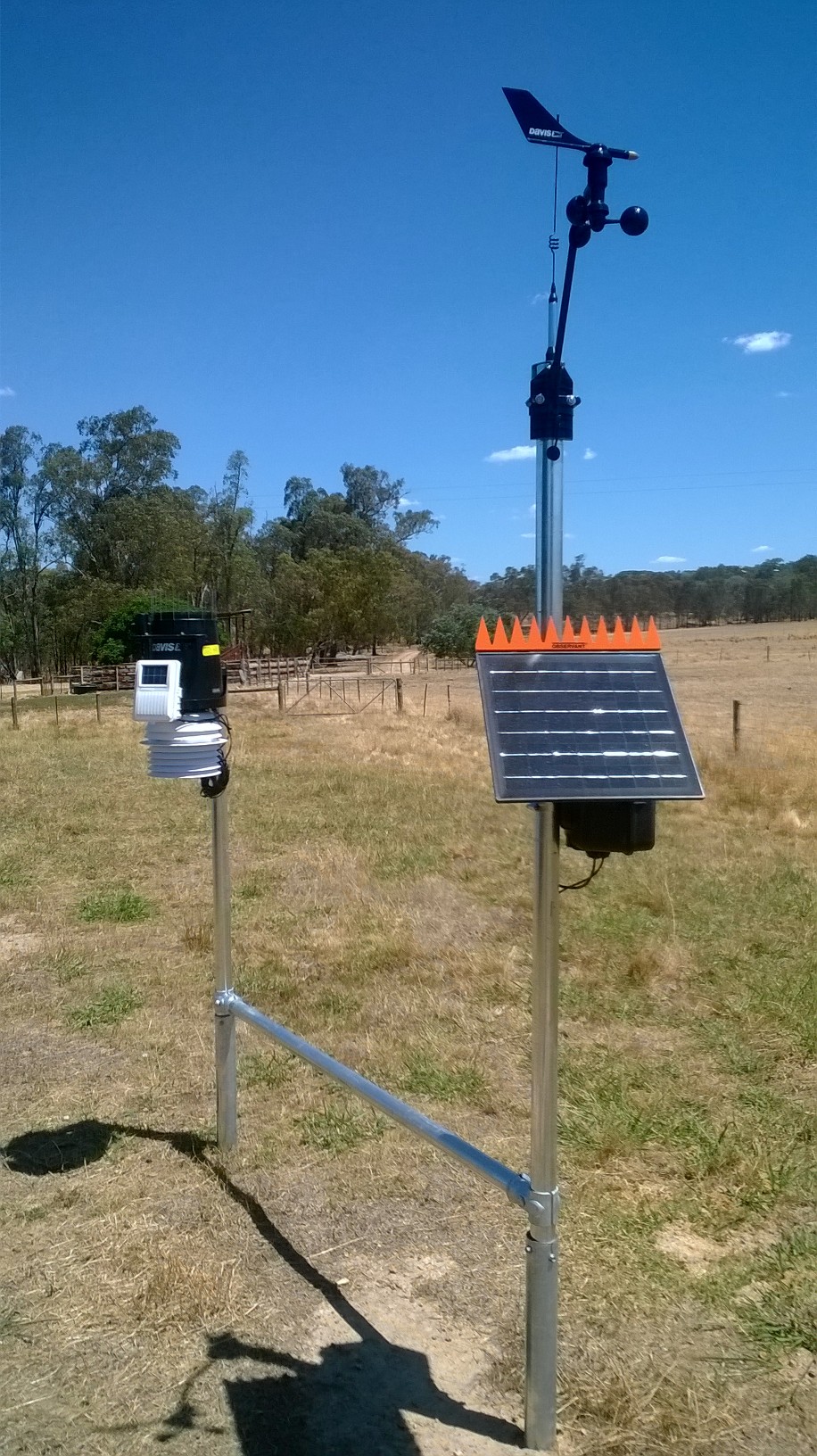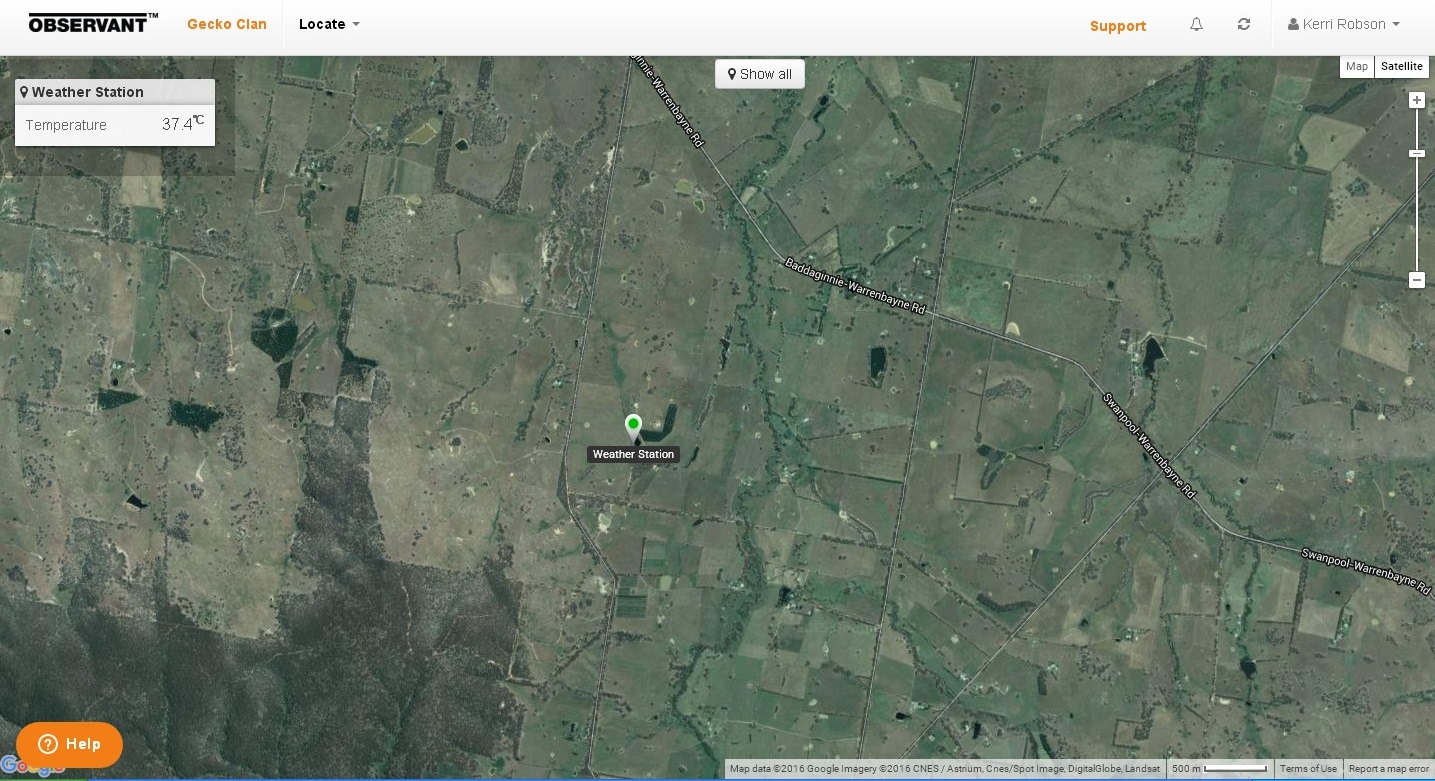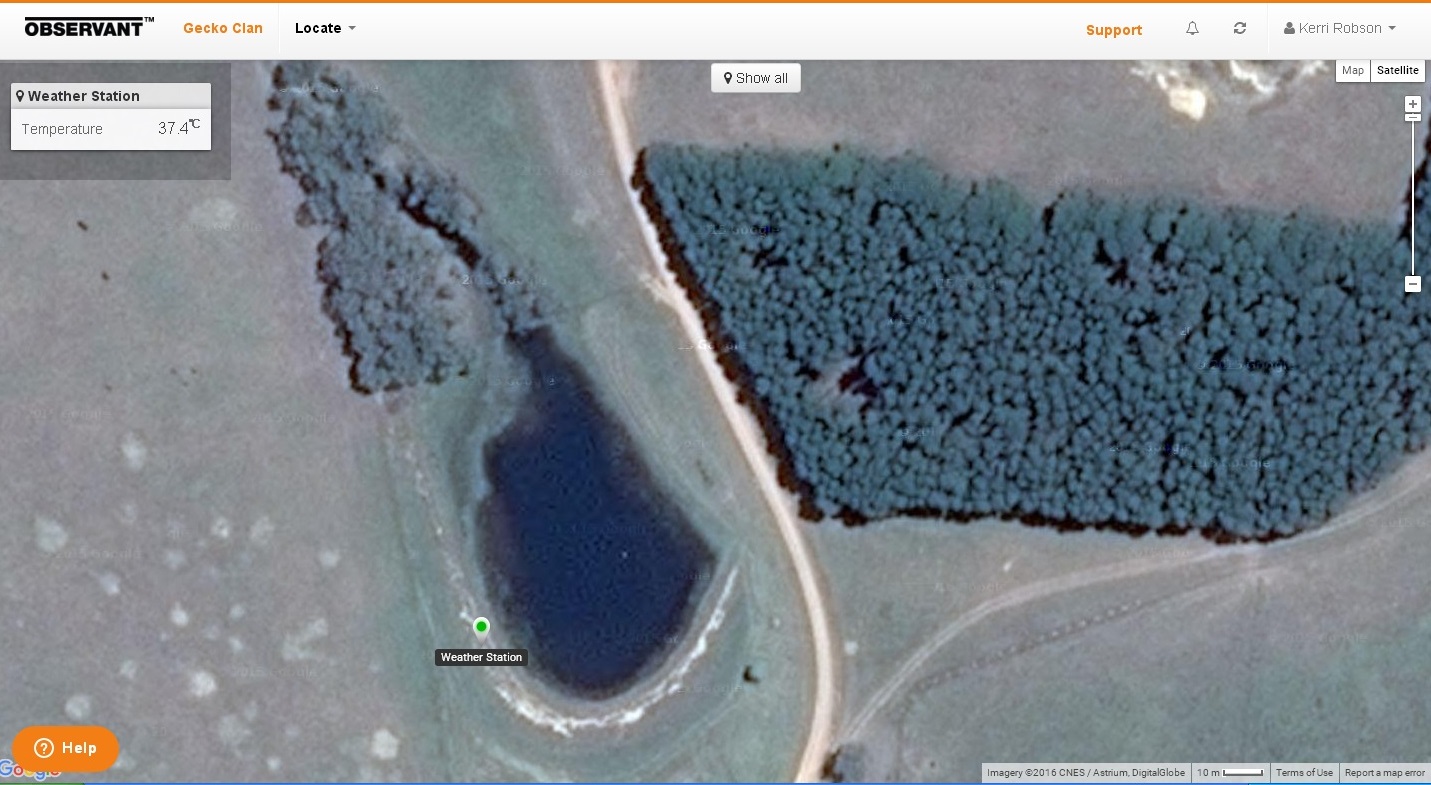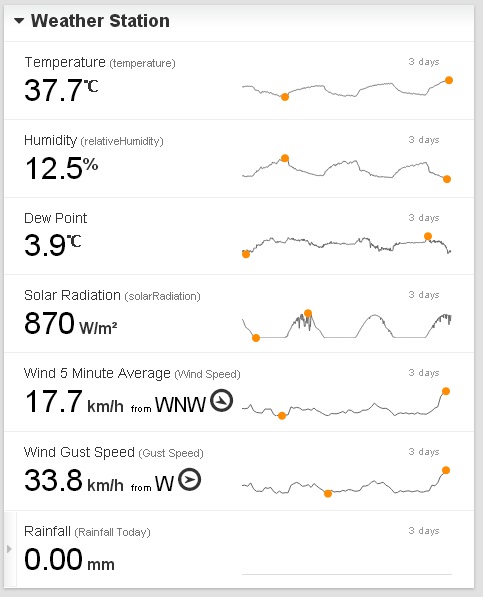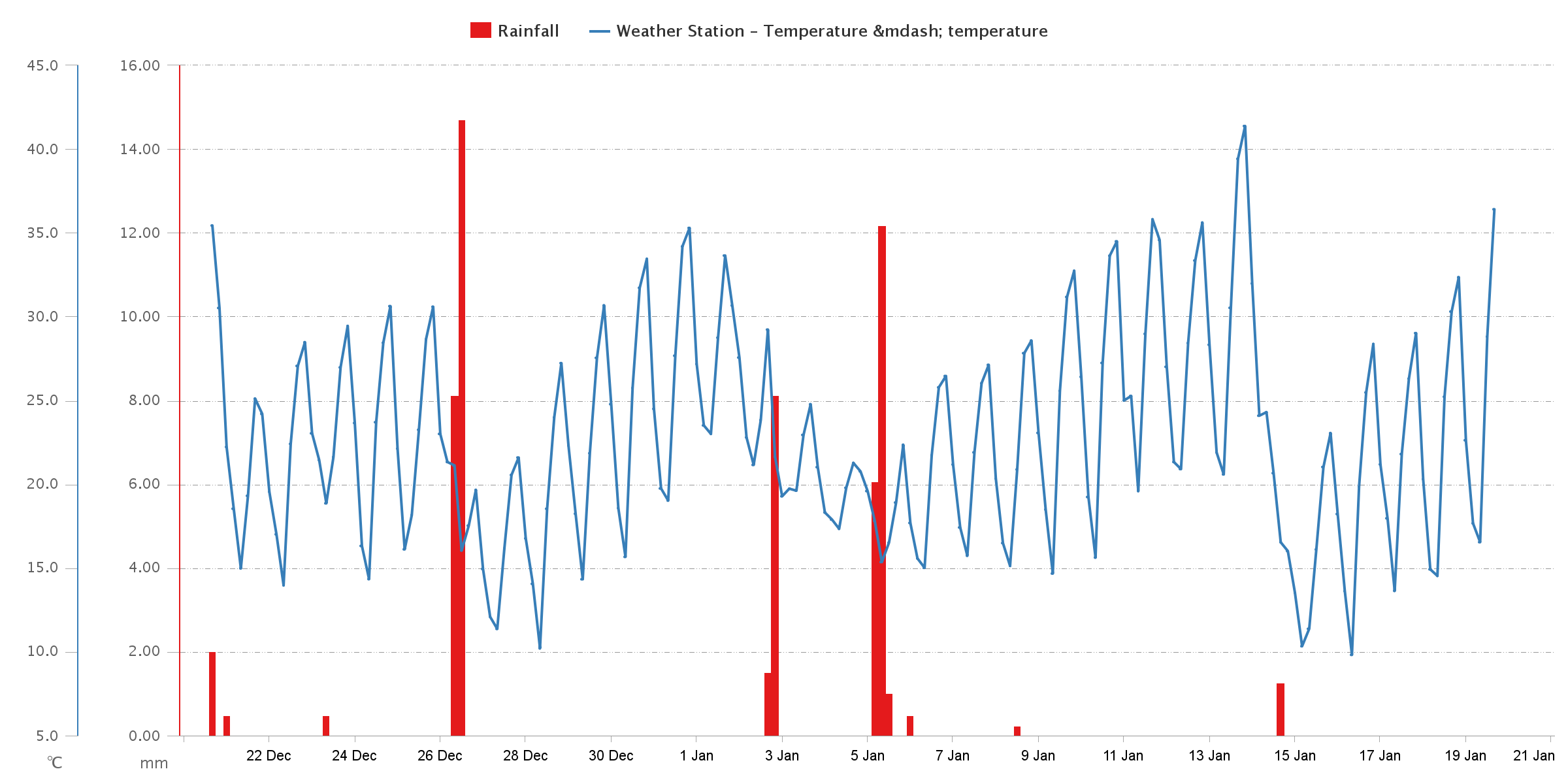Water on farm project
The Gecko CLaN is working with landholders to improve decision making around farm water security.
Mark 2 of the Water on Farms Project has commenced using existing infrastructure at the Lima East trial site. The trial site was established for the Soils, Moisture, Plant and Technology project.
At the trial site a water level sensor has been installed on a fenced off dam. The water is pumped using a solar pump to a header tank and then distributed to tanks around the property for reliable stock water.
A water level sensor has been installed on the header tank along with a flow meter as seen in the slide show below.
Data from the flow meter, tank water level sensor and dam level sensor can be viewed in real time using the Gecko CLaN login to the following website:
To view the live data follow these instructions:
Go to: https://www.obsrv.it/
Enter the following user name: [email protected]
Enter the following password: password
You should now see the following page:
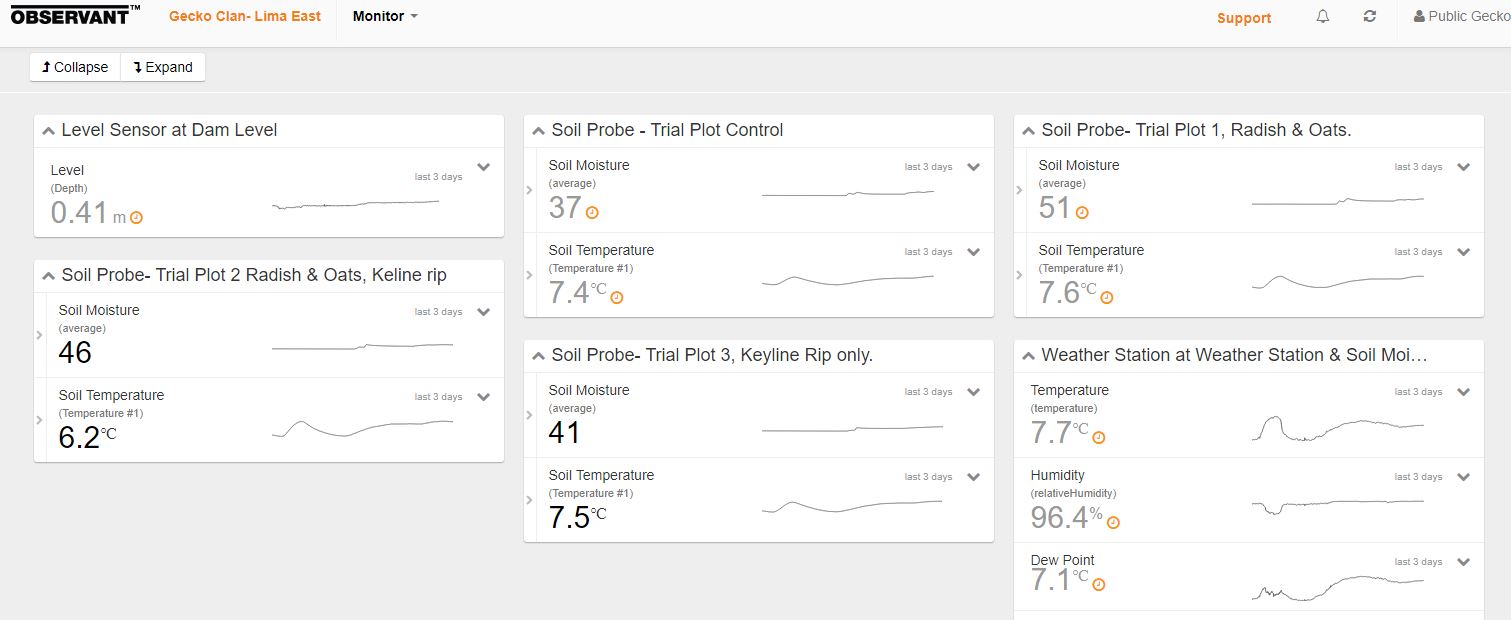
If you have any questions about access to this site please contact Kerri Robson at: [email protected]
Cases Study Video
A new case study video has been produced demonstrating the value of this project to landholders.
The above video shows John Kelly’s property at Euroa. The case study video show’s how John:
- Improved his farm water supply;
- Implemented a farm water budget;
- Utilised solar pumps and wireless tank monitors.
For further information contact Kerri Robson on 0418 140 710.
A number of field days have been ran across the region in 2015 and 2016.
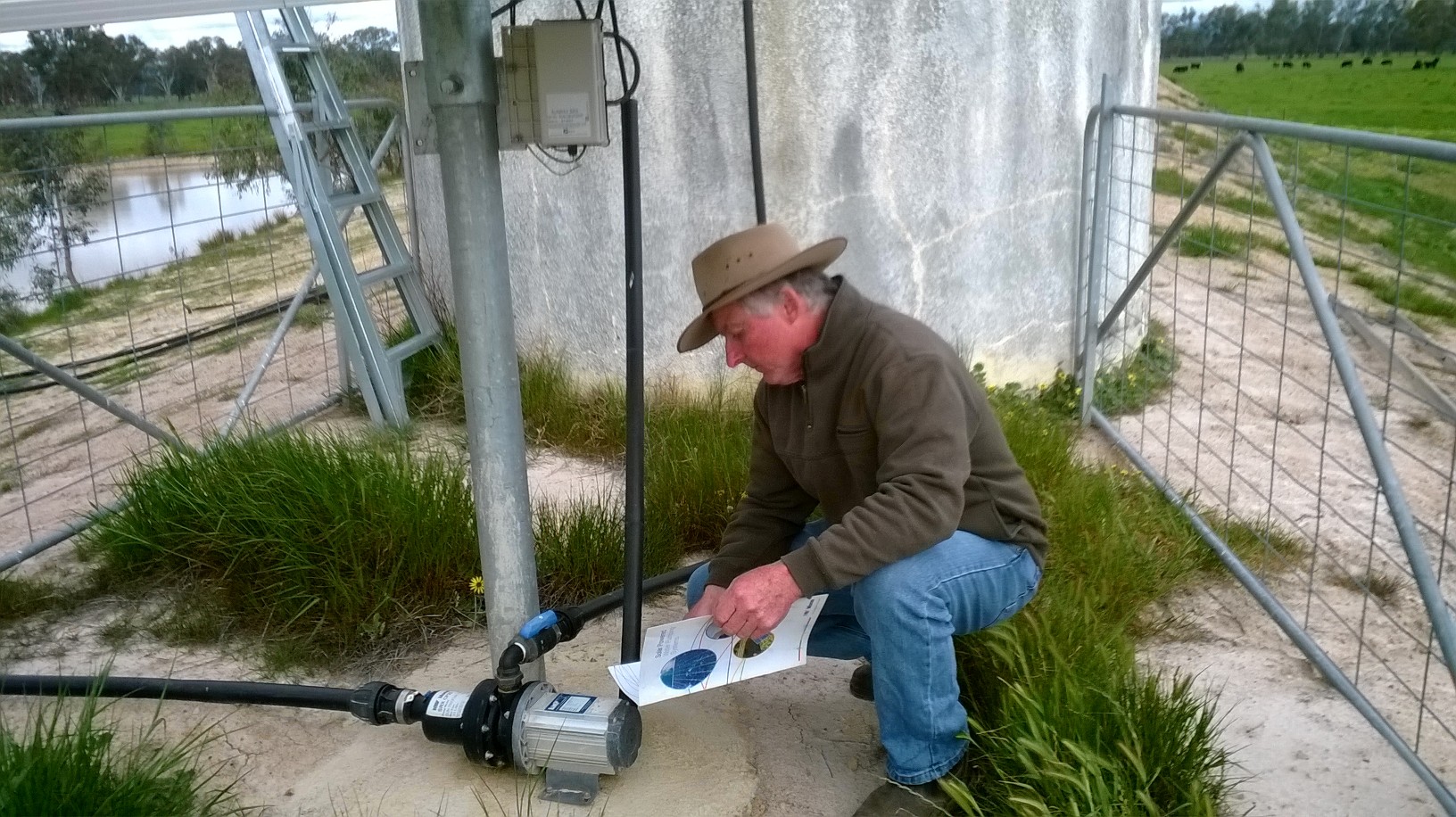
This projects uses real case studies and presents opportunities for farmers to hear about the various water requirements for stock, domestic and fire to make decisions.
The topics covered on the field days include:
- Water needs assessment (how much do I have in storage for the home and your livestock)
- Evaluating water reserves (evaporation rates)
- Options for meeting water requirements (flow rates, pumps, tanks and troughs)
Livestock management options and contingency - Demonstration on how to measure you dam depth and calculate its storage potential.
- Wireless Water level monitoring and solar pump demonstration
- Weather Station and remote access
For more information about this project contact Kerri Robson on 0418 140 710
Information to assist you assess the quantity of water on your farm and the volume of water you need for your stock can be found below. Also provided is information about new technologies that can be used to more accurately measure weather conditions on your property and remote tank level sensors can also be found below.
Future field days and events
Upcoming events and field days hosted by the Gecko CLaN about on-farm water management can be found at the Events page of the Gecko CLaN website.

